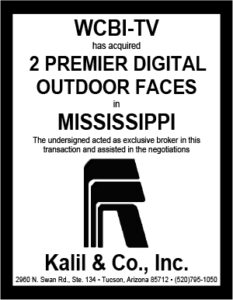
By Jennifer Sloane, Esq. Sloane Law Office
Unfortunately, the Supreme Court in Austin failed to adopt the “read the sign” rule outlined by the Court of Appeals, citing that such a rule was too extreme an interpretation of the Court’s precedent. The Court found a distinction between the sign codes in Reed and Austin and ultimately ruled that the Austin sign code did not regulate based on topic, subject matter or view point and, therefore, was a content-neutral regulation. A finding of content neutrality means that an intermediate level of scrutiny applies and unless there is an impermissible justification behind the regulation (something more than aesthetics and safety), the sign code does not violate First Amendment rights.
The case was remanded back down to the lower court to determine if there was an impermissible justification behind the regulation, because the lower court did not make a ruling on that specific issue. However, that is likely a losing battle. There would have to be evidence that an impermissible purpose is behind the restrictions (as an example, the restrictions prohibiting off-premise digital sign faces were adopted to ensure that certain political messages were not seen by the public). The record below shows that Austin adopted the sign regulations to protect aesthetics and safety in their community. We already know from the Metromedia case that aesthetics and safety are valid reasons for off-premise sign regulations. Accordingly, the City’s content neutral code will likely stand even after the case is remanded.
The good news, and the takeaway here, is that Reed still stands and if you find a sign code that applies different size, placement and time restrictions to different categories of signs (political, religious, etc.) and the code favors one category over the other, then you still have a Reed challenge to the sign code. To help you make this determination, apply the “solicitation” test referenced by the Court: It’s ok if you must hear what is being said to determine if it meets the definition of “solicitation” so long as the regulation does not discriminate based on topic, subject matter, or viewpoint. As applied to sign codes: it is ok to read the content of the advertisement to determine if it is off-premise or on-premise signage, so long as the code does not give certain categories of content favorable treatment (example: if the code reads that religious messages are allowed on digital displays but political messages are not allowed on digital displays). I do not consider this a blow to the industry, as a Reed challenge continues to exist. I think the Austin ruling means we have to look harder at definitions and restrictions in the other areas of the code to prove that the Reed standards are met.
[wpforms id=”9787″]
Paid Advertisement

















